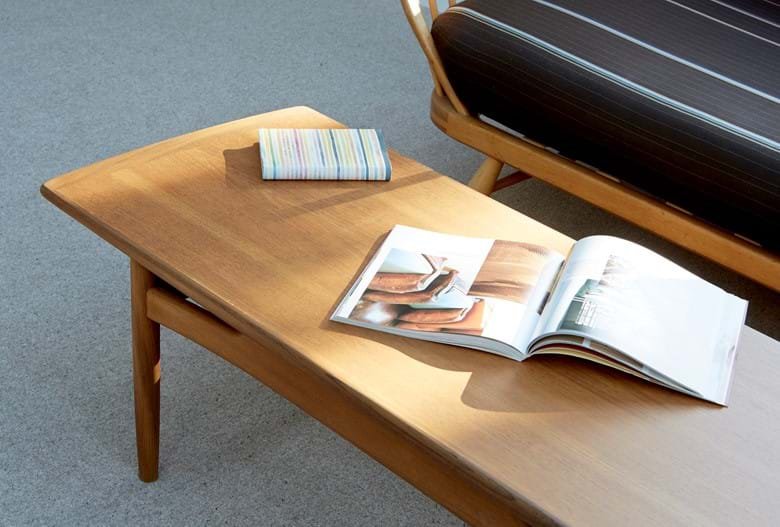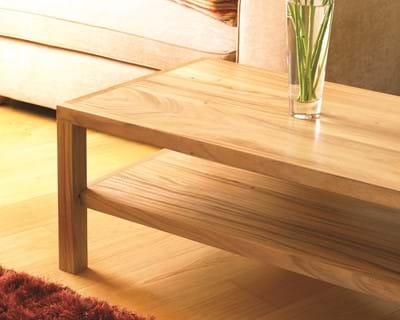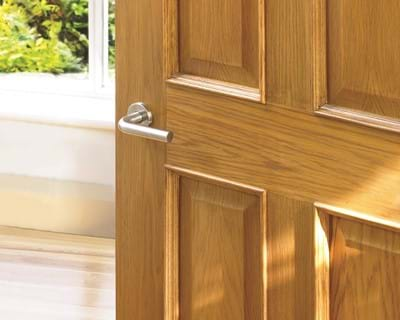How to wax furniture

Project overview
Waxing furniture adds another layer of protection and can draw out the natural colouring of your wood. It’s an excellent option for wood that’s old or new and keeps it in tip-top condition for longer. It’s also effortless to apply and you can just paint it on, no DIY expertise necessary.
Why wax wood
You don’t need to use wax; paint or varnish often provide the same protections. More often than not, people use wax because it protects the wood while leaving a natural finish. Wax is great for drawing out the natural features of your wood, highlighting all the knots and bumps and colouring that makes your wood unique.
Wax is waterproof, so it’s perfect for coffee tables and other pieces of furniture that see a lot of wear and tear. It protects against bumps and spills, helping your wood stay healthy for longer. It also forms a barrier against dust, making cleaning easy.
Wax is straightforward to apply, it often comes in liquid form, and you apply just like you would paint. It doesn’t take too much maintenance, but if you want your furniture looking in its best condition, you should apply a new coat of wax every year or so.
Now for the downsides – wax is notoriously difficult to remove. If you need to take off a layer, it can take a lot of elbow grease and sanding to remove the sheen. It will fade over time, but if you’re looking for a quick fix, be prepared for an imperfect finish. You can get products like wax remover that make this process easier but you’ll still need to scrub.
Applying layer after layer of wax can cause build-up, which leaves your wood looking dull and listless – the exact opposite of what you want to achieve.
Heat damages wax, so don’t leave hot plates or bowls of food on your tables or you’ll have a white ring of damage on the surface.

Different types of wax
There are a couple of ways you can decide which wax to use.
Choosing your wax based on your project is generally the easiest option because you know this wax is designed to do the job. You can buy furniture wax, general multi-purpose interior wax, or flooring wax.
Furniture wax protects against spills and, to a degree, scuffs. It’s waterproof and is great for pieces like a coffee table, dining table or bedside table.
Floor wax is more robust than regular wood or furniture wax and is designed to cope with high-traffic areas of your home. It protects your wooden flooring against scuffs, chips and marks, keeping it in near-perfect condition.
Interior wax can be used on pretty much any wooden surface except flooring. It’s useful for touch-ups or if you want a no-fuss wax. Our Interior Wax also adds colour, giving wood a healthy look.
You can then break wax down further by the colour and application method.
Some waxes are pigmented and add a hint of colour to your wood while still keeping a natural look and feel.
Other waxes draw out the natural look of your wood or help to age wood. This kind of wax is ideal if you have a piece of pine furniture that you want to add a touch of personality to.
You can also get wax that’s completely clear and leaves the colour of your wood as is. This wax is ideal if you want to seal the furniture after having painted it.
Wax also comes in different forms. Liquid wax is well-suited to furniture that has a lot of intricate details or interesting shapes because you paint it on. Paste wax is better for smooth surfaces but harder to apply and needs elbow grease.
How to choose the right wax
The wax you use depends on what you’re waxing.
Consider the effect you want to achieve and whether this means you need a coloured wax.
The details of your furniture will also influence the type of wax you use. Furniture with a lot of grooves or detail is easier to coat with liquid wax, whereas a table or cabinet top can is suited to paste wax.

How to get wax off wood
Whether you want to remove a wax finish to replace it or to give your wood a lick of paint, it’s hard work, but it is possible.
Use a wax and polish remover initially to remove as much of the old wax as you can. This will get rid of the initial covering, but you might still need to put in work to get rid of the remainder.
After removing excess wax, use some sandpaper to rub the surface and work away the coating.
It’s highly unlikely you’ll do a perfect job and altogether remove the wax. However, by sanding the wax, you’ll have created a surface rough enough to coat over. Remember though that you may need more coats than usual of whatever you’re using to recoat, as patches of wax can create a slick surface that makes adhesion difficult.

How to apply wax
Once you’ve chosen your wax, you can now apply it.
- Use a cloth and white spirit to clean the wood. Make sure you get rid of any old wax, grease, or oil and have a clean and smooth surface to work with.
- Use 120 grit sandpaper to sand down your wood. You only need to lightly roughen the surface, giving the wax something to stick to.
- To apply liquid wax, thoroughly stir the tub to even out the consistency. Use a paintbrush to apply the first coat, painting in long strokes going in the direction of the grain. Let the first coat dry, following the instruction on the tin. Check to see how many coats you need to finish the job; our Interior Wax needs three coats.
- To apply paste wax, use a clean lint-free cloth and apply the wax in a circular motion, rubbing it in with even pressure. Focus on a small area at a time, making sure it’s evenly coated with wax before moving onto the next area. Once the wax has dried, the surface will look dull. Don’t panic! Use a clean cloth to wipe away any excess wax, then use a buffing cloth to work the wax into an even sheen.
Waxing your furniture and wood is a great way to bring out its natural sheen. Wax is a quick way to transform an old and tired piece into something that looks good as new.
We recommend

Our interior wax offers the same diamond hard protection as vanish. But the difference is in the finish. Instead of a glossy or shiny finish, the wax will bring out the natural colour of your wood and leave a matt finish.
More Details






